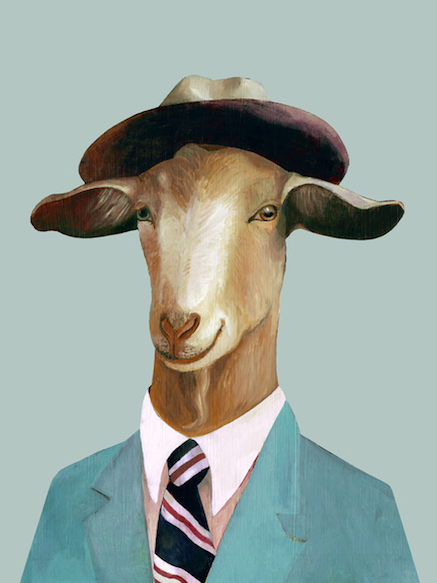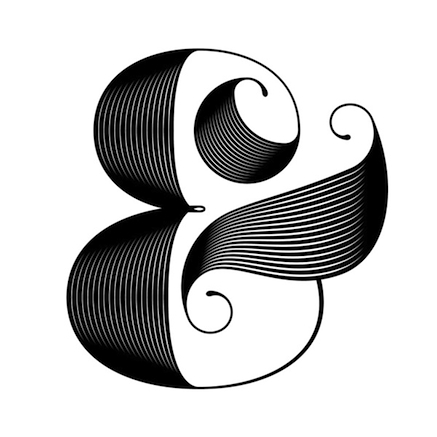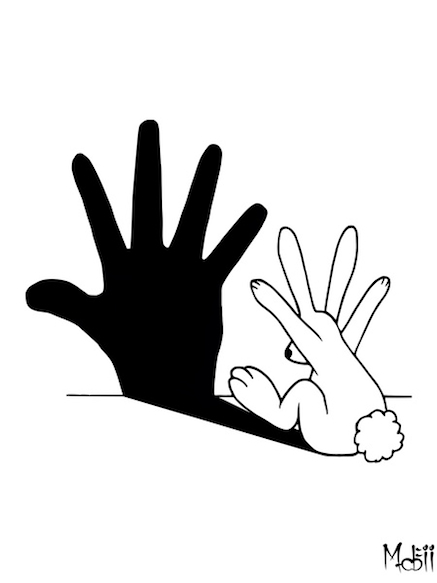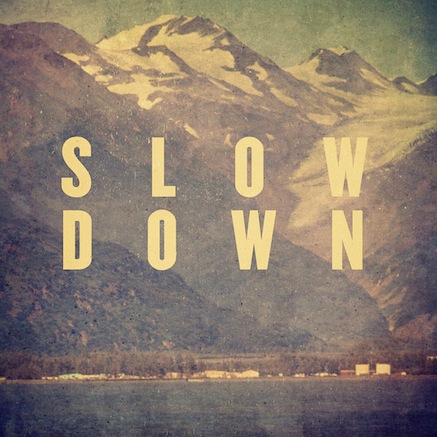
Paris, France
65 years ago today, on 10 December 1948, the Universal Declaration of Human Rights was adopted by the United Nations General Assembly at Palais de Chaillot, Paris. The Declaration arose directly from the experience of the Second World War and represents the first global expression of rights to which all human beings are inherently entitled.
On that day, the Declaration was adopted by a vote of 48 in favor, 0 against, with eight abstentions: the Soviet Union, Ukrainian SSR, Byelorussian SSR, People’s Federal Republic of Yugoslavia, People’s Republic of Poland, Union of South Africa, Czechoslovakia and the Kingdom of Saudi Arabia. (The South African position can be seen as a kind of protection of the system of apartheid in South Africa, which clearly violated any number of articles in the declaration. The Saudi Arabian delegation abstained mostly for two reasons: because of Article 18 which states that everyone has the right “to change his religion or belief” and because of Article 16 on equal marriage rights. Eleanor Roosevelt attributed the abstention of the Soviet bloc nations to Article 13, which provided the right of citizens to leave their countries).
Many consider the Declaration to be the most important document ever written, essentially “the international Magna Carta of all mankind.” As such, it has also become the most translated document in the world.
10 December was established as Human Rights Day in 1950, and has been commemorated annually around the world on this date ever since.
Read the full text of the Universal Declaration of Human Rights here, or download a PDF of the text here.


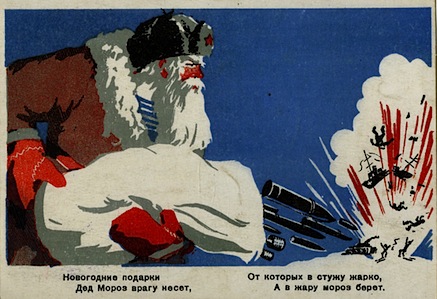
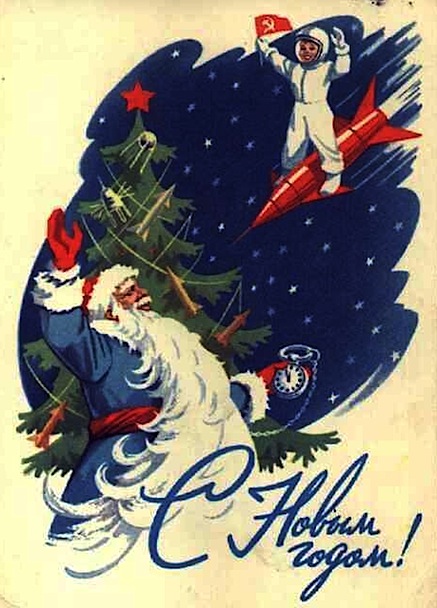


(Link to source, with many more, broken — sorry…)
—Nelson Mandela, (1 August 1970)
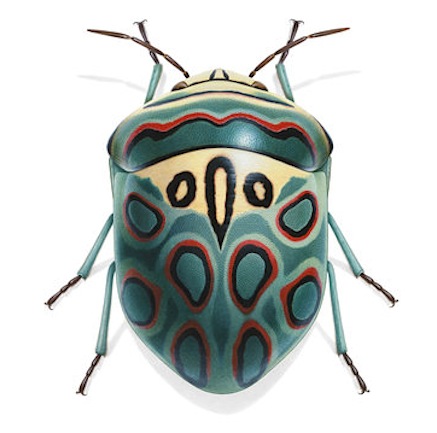
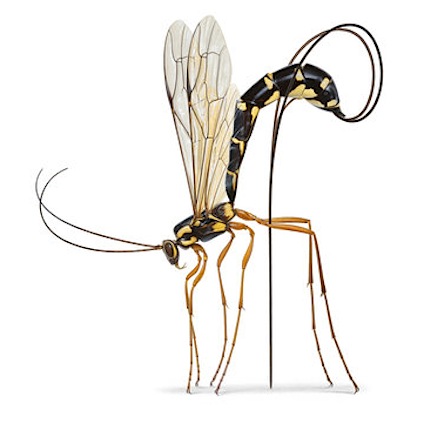
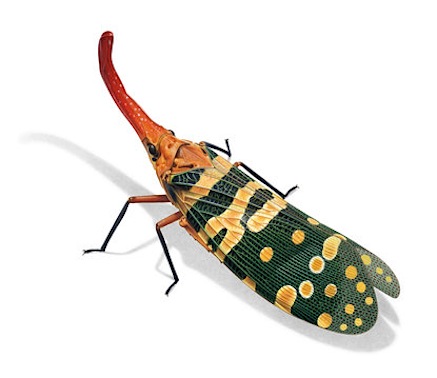
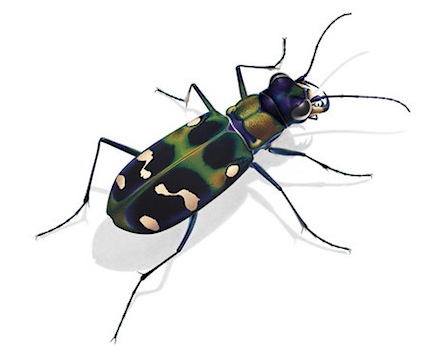
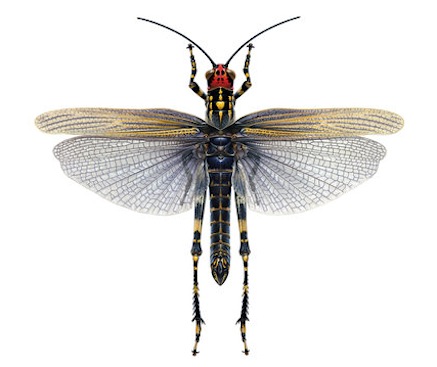
Paris, France
French painter Bernard Durin (1940-1988) became smitten with beetles in the summer of 1972 as he tramped the countryside in Provence. His artist’s eye aroused by the galaxies of insect life, he eventually found his necessary models at the National Museum of Natural History in Paris, which gave him access to its trove of preserved insects… (read more and see more images here).
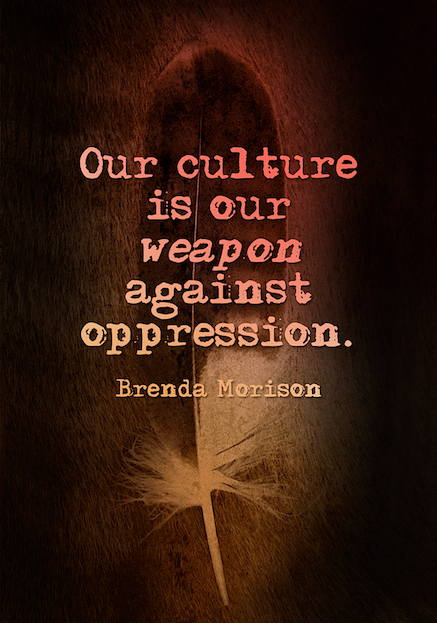
We hear a lot about “culture clashes” and “culture wars” these days, in a world of homogenization and globalization. Thanks to my Facebook friend Brenda Morison for this thought-provoking quotable…
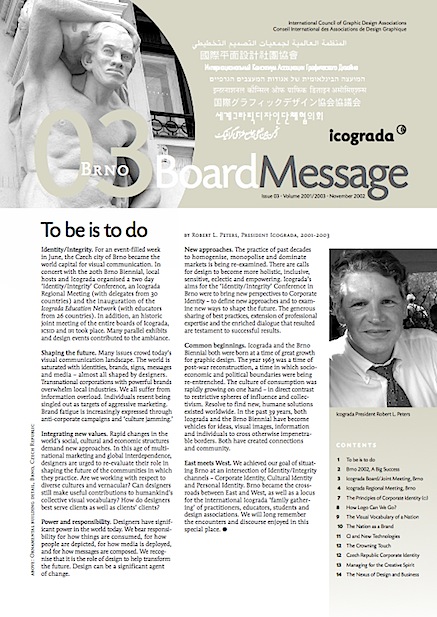
Brno, Czech Republic
Wow. A decade sure does slip by fast… today I stumbled across an editorial I wrote for Icograda’s BoardMessage 11 years ago this month, here.
Yoikes.
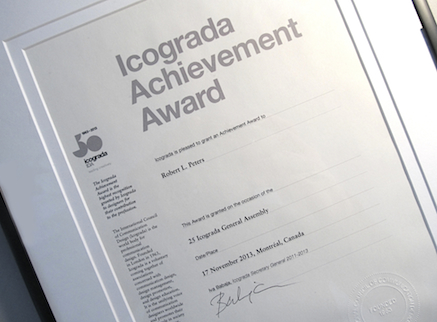

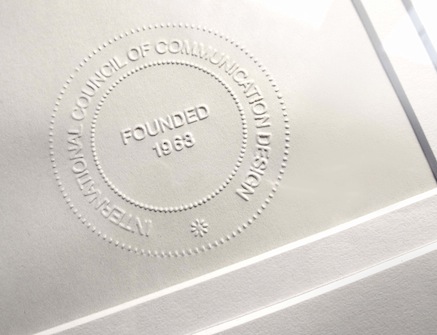
Montréal, Quebec
At a 50th anniversary reception for Icograda hosted on Sunday, 17 November by Montréal International and Mission Design, I was honoured to receive the Icograda Achievement Award. As the inscription reads, “The Icograda Achievement Award is the highest recognition granted by Icograda to designers for their contribution to the profession.”
Icograda is the world body for professional communication design. It is a non-profit, non-partisan, member-based network of independent organisations and stakeholders working within the multidisciplinary scope of communication design and expanded media. Founded in 1963, Icograda actively promotes the value of design practice, thinking, education, research and policy, representing more than 200 organisations in 67 countries and regions globally.
Thank you!

+ + + + +
In Flanders fields the poppies blow
Between the crosses, row on row,
That mark our place: and in the sky
The larks, still bravely singing, fly
Scarce heard amid the guns below.
We are the Dead. Short days ago
We lived, felt dawn, saw sunset glow,
Loved and were loved, and now we lie
In Flanders fields.
Take up our quarrel with the foe:
To you from failing hands we throw
The torch; be yours to hold it high.
If ye break faith with us who die
We shall not sleep, though poppies grow
In Flanders fields.
—John McCrae (1872–1918)
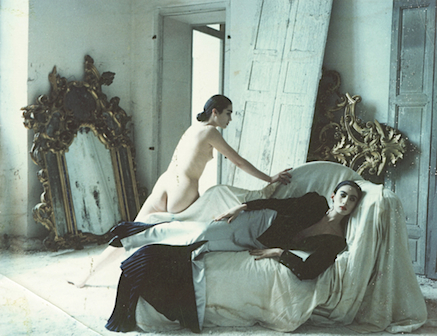
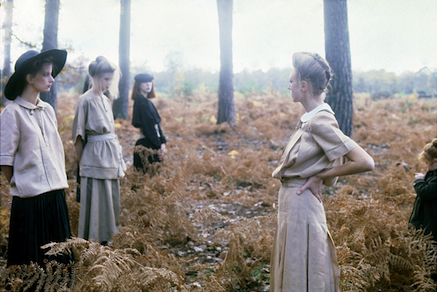
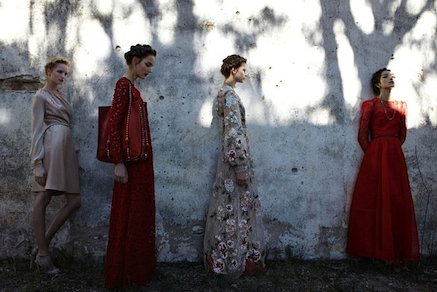
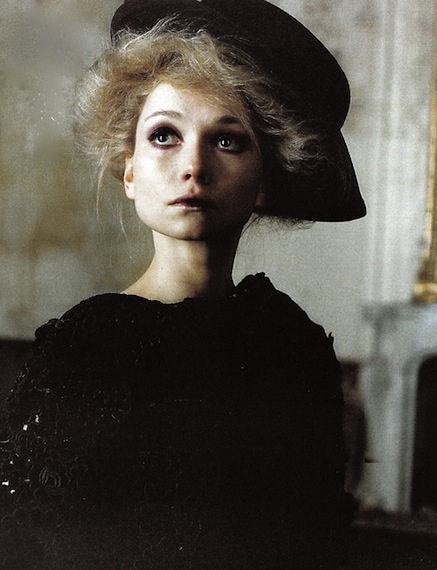
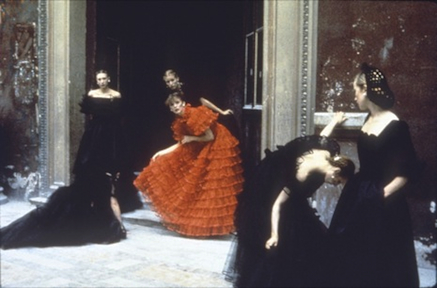

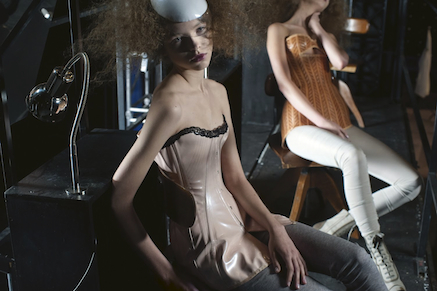
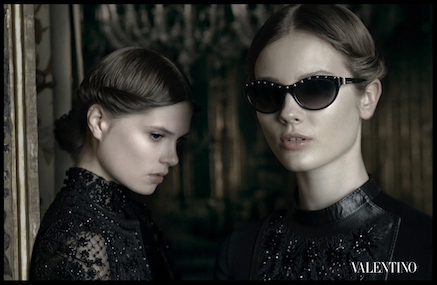
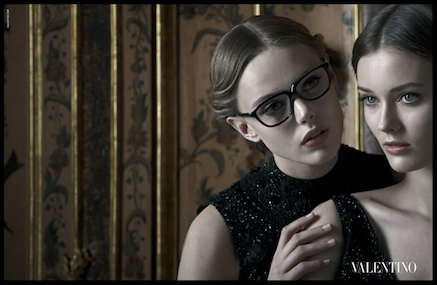
New York, New York
Photographer Deborah Turbeville, one of fashion’s lenswoman legends, has passed away at the age of 81. Known for her signature soft-focus and gauzy romanticism and painterly, textured melancholy, her photographic talents won her the admiration of art directors, editors, stylists, and designers worldwide. Read an interesting interview here with Deborah at Style.com about her career and reflections on 13 of her favorite images.
“Perhaps the most interesting thing about my photographs is that they are a little bit of an enigma; they’re hard to place… I’m working with fashion magazines; whereas in another era, I might have been an illustrator.”




















